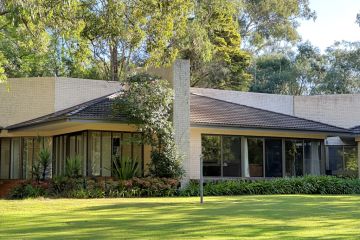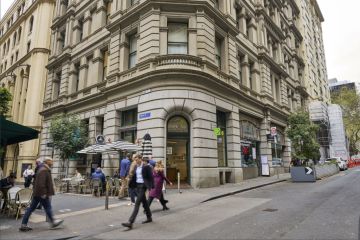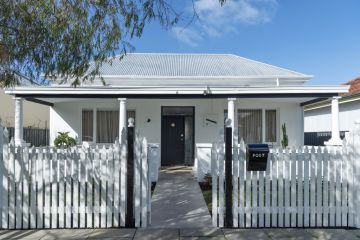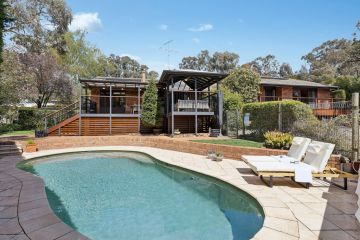Stukel Architecture's Exhibit House blends art gallery space with a classy renovation
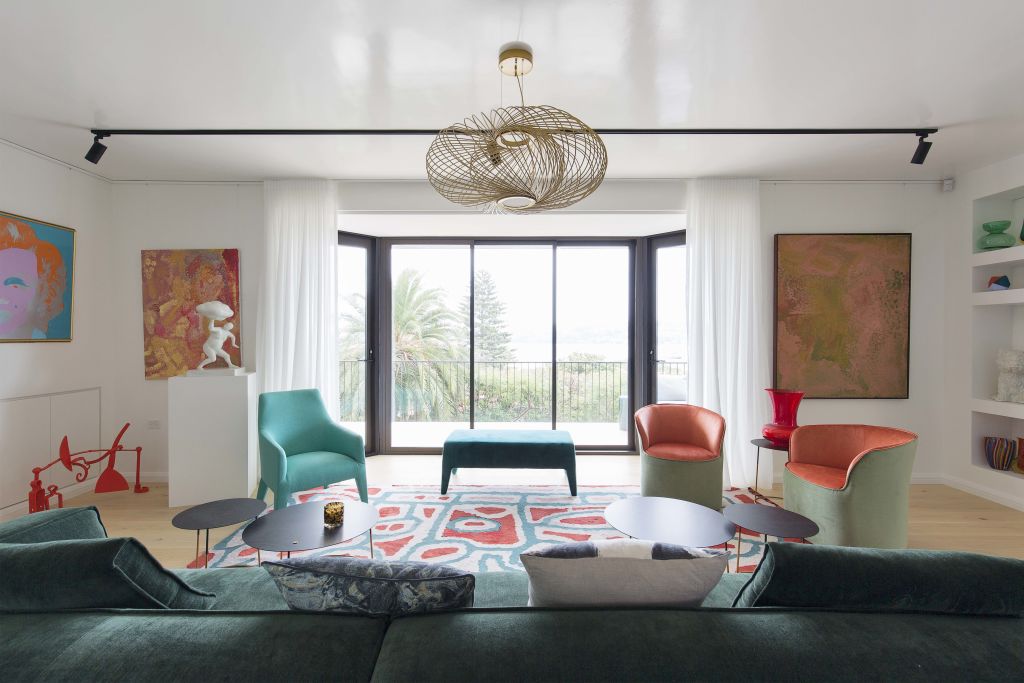
An art collector and active patron couldn’t decide whether to move from her 1960s eastern suburbs house with a lovely harbour outlook but a few issues, or to stay and sort out the interiors so she could show her high key colourful collections in a better light.
Fortuitously and, Daniel Stukel Beasly thinks, “because she was interested in giving a lesser-known young practice a go because she wanted to discover fresh ideas”, the client asked Stukel Architecture to have a look at the elongated three-level home and sketch up a plan “for an interior tart-up”.
A lucky choice? Sure. In Beasly’s battery of experience, he’d designed for galleries and knew how to stage art, sculpture and objets. “But it was pure coincidence,” he says that this commission landed on his desk.
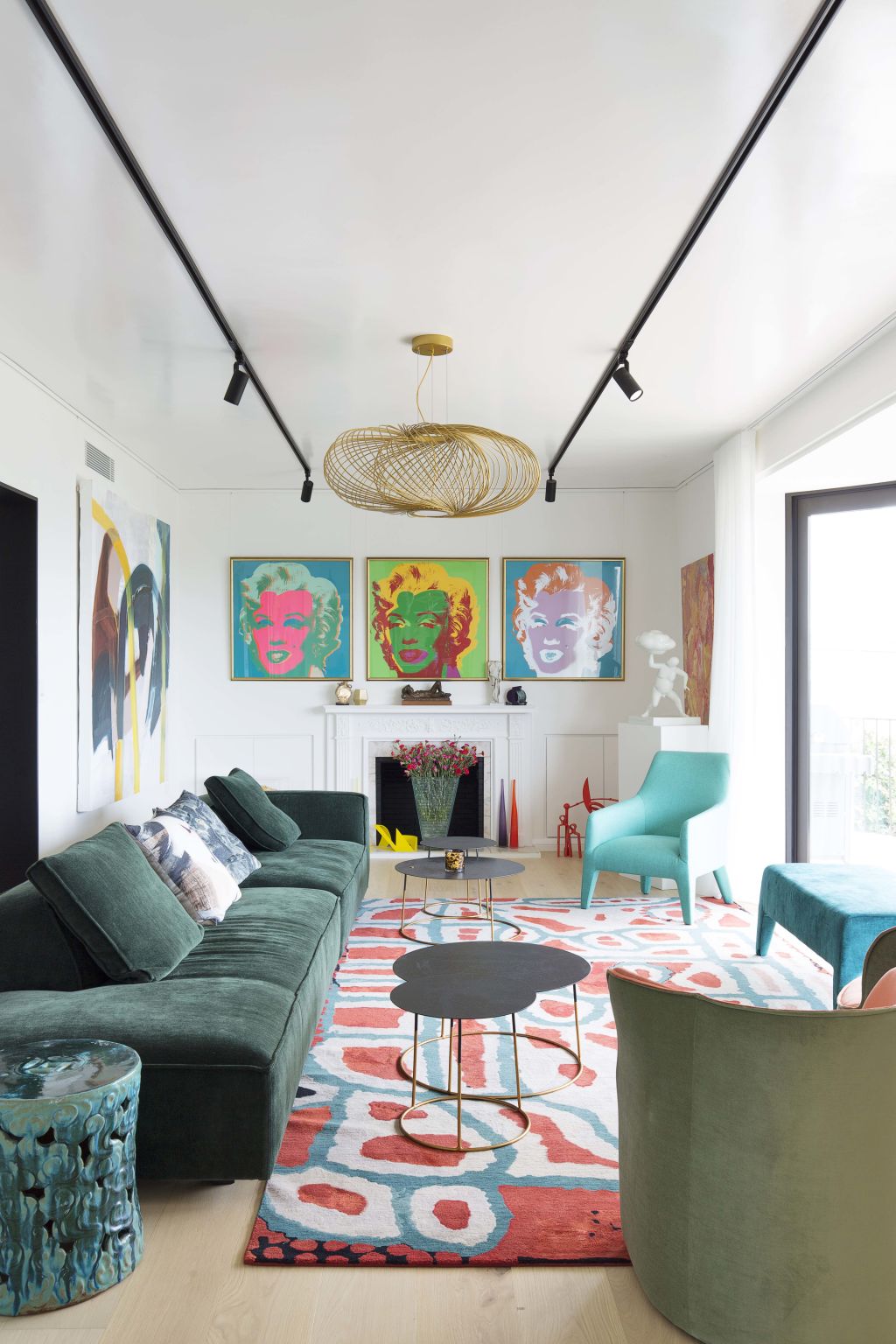
The difference in working in a dedicated showing space and on a three-bedroom, three-bathroom building facing north into the doubled brilliance of the Sydney sky and light bouncing off water was that it would function as a home and gallery.
“It had to be able to be personalised for one person’s needs, but also to be a place for public celebration. It had to be a place that anyone could step into and feel that it had been designed just for them,” Beasly says.
Double glazing all windows and moderating the overbright daylight was the main exterior job. Following the angled contours of the mid-level terrace and replacing a worn-out cloth awning with a laser-cut aluminium screen designed to perform as if it were a tree canopy – complete with outer-rim dappling and inner solidity to stop sunshine hitting the windows – gave the 70-year-old project home an immediate update.
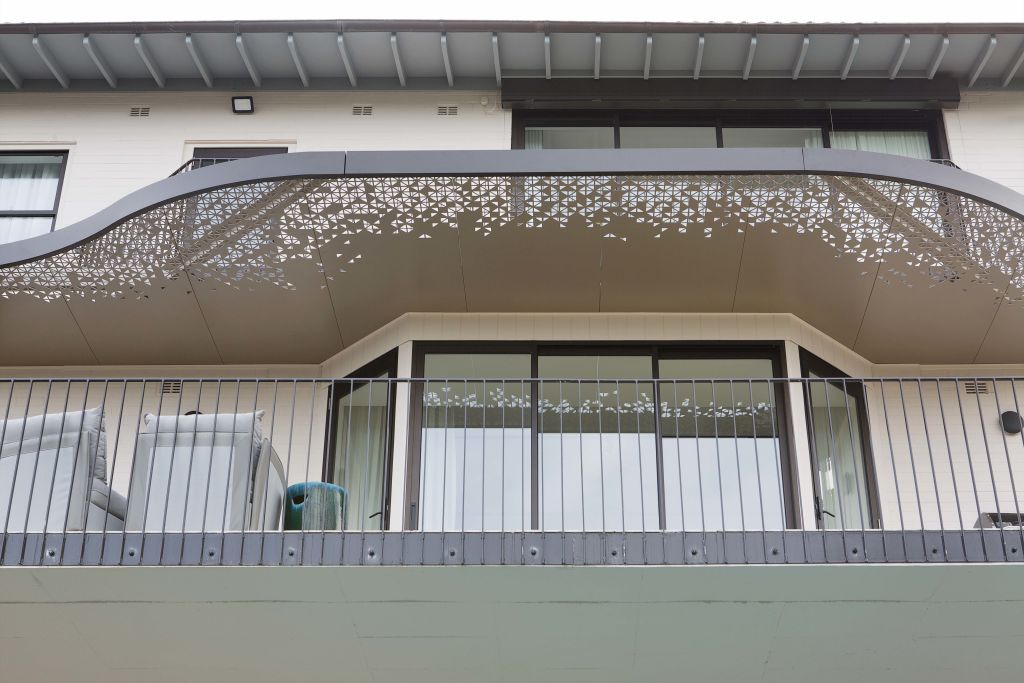
The inside job involved going much further and “stripping out the interiors so completely” that flooring was replaced with engineered oak; every element of a very extensive joinery program was designed and installed to make bespoke spaces. Skylights were installed in the roof to improve air circulation, but even better to introduce a gentler daylight into the house.
Already existing in the skeletal structure of the house was the long gallery-like conjunction of sitting room through to dining area that Beasly improved by beefing up the wall between them with a brass-lined reveal, beside which he set illuminated shelving as display cabinets for a gorgeous collation of art glass.
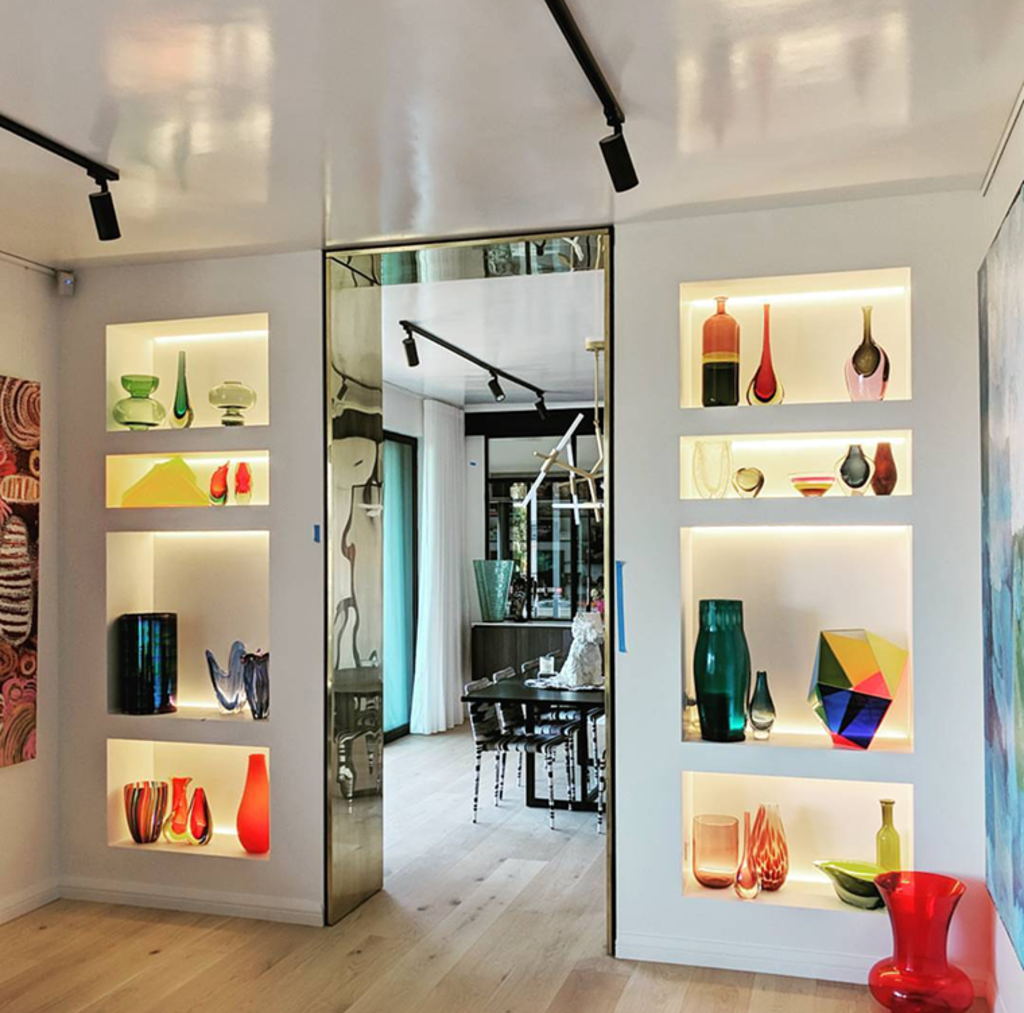
Lining this temple-like portal with metallic shine and making the ceilings in both rooms so high gloss and white “was a way of livening the space and accentuating the artworks”. These are some of the tricks Beasly learnt while working with commercial galleries.
The architecture can be as clever as you wish but always needs to be executed with the purpose of giving art the starring role.
“Everything is about the setting up, composing and framing of the art,” Beasly says.
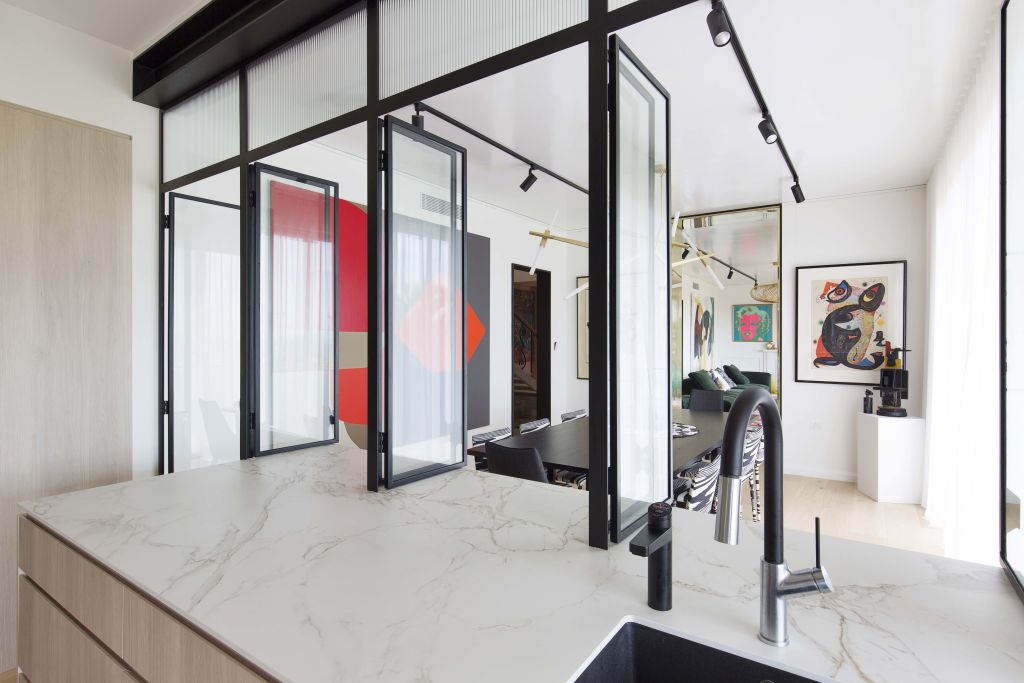
To keep the long-view room unfolding the full length of the house, a wall was also removed between dining and kitchen.
Yet by installing in its place a steel-framed glass door and windows above the 1.2-metre deep Dekton kitchen bench – which appears to be figured marble but is a man-made porcelain-composite – “we created a semi-dividable space that can be fully opened when entertaining friends for lunch, or, when caterers are in, able to close down but maintain the visual connection”.
Another aspect of the public/private duality is the casual corner wedge behind the kitchen. With upholstered banquette, table and television, the snug is “a very informal place to relax, recline and watch TV”.
The thoroughgoing refurbishment continues through the bedroom floor upstairs that Beasley says has been designed to be “almost like a hotel. The client has overseas family who visit and many international friends, so we’ve made a unique, comfortable Sydney destination experience for them.”
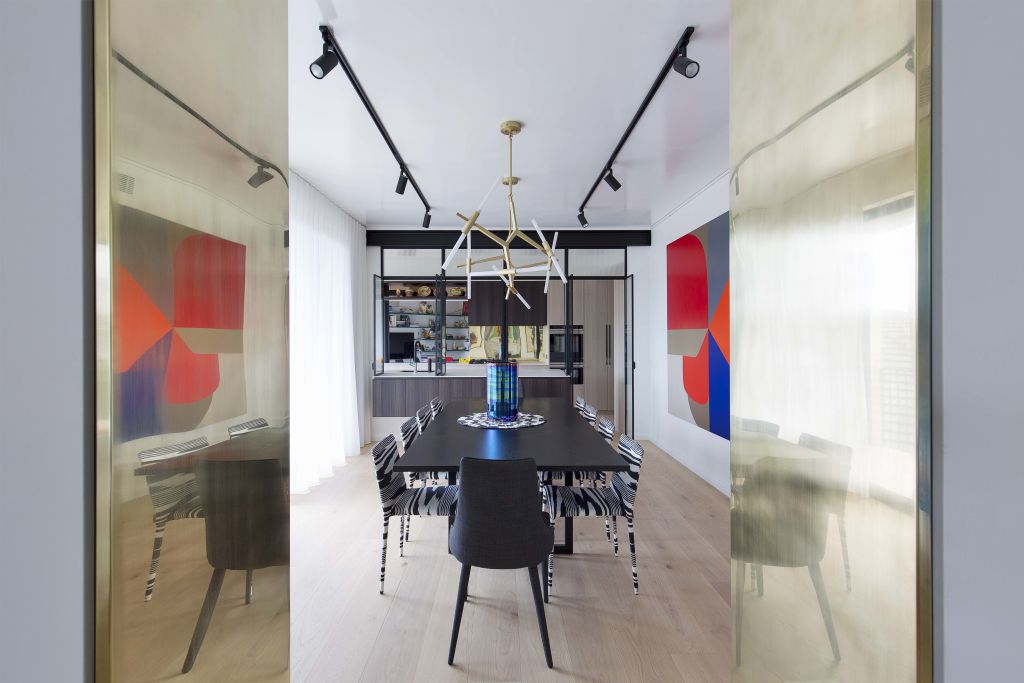
“Who wouldn’t want to take a bath in the bay [window] of a bedroom that overlooks the harbour?”
From the tentative, “minimal” touch-up suggested in a starter brief, Stukel Architecture was able to take a full-on luxury refit throughout Exhibit House “with absolutely no compromise because the client committed to increasing the budget as needed”.
That’s exactly the sort of patron good architecture needs.
We recommend
States
Capital Cities
Capital Cities - Rentals
Popular Areas
Allhomes
More
